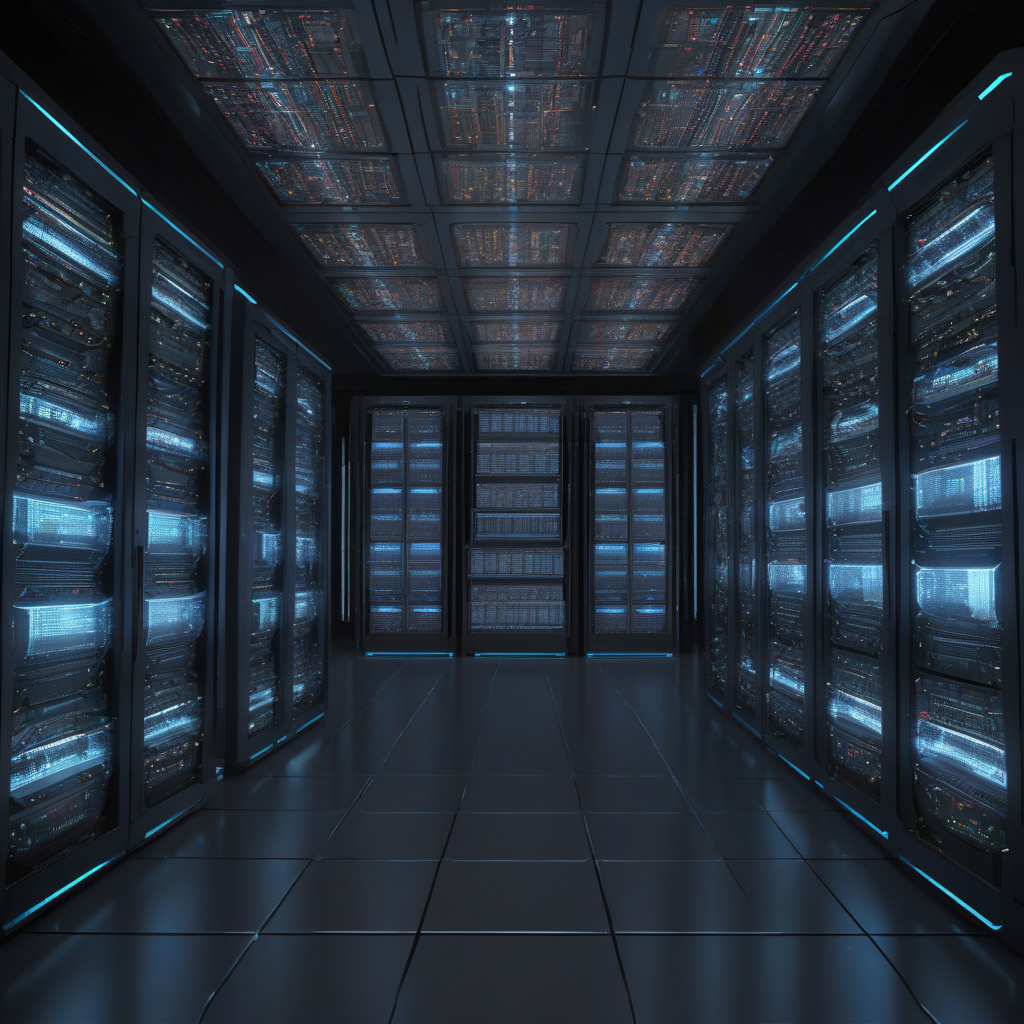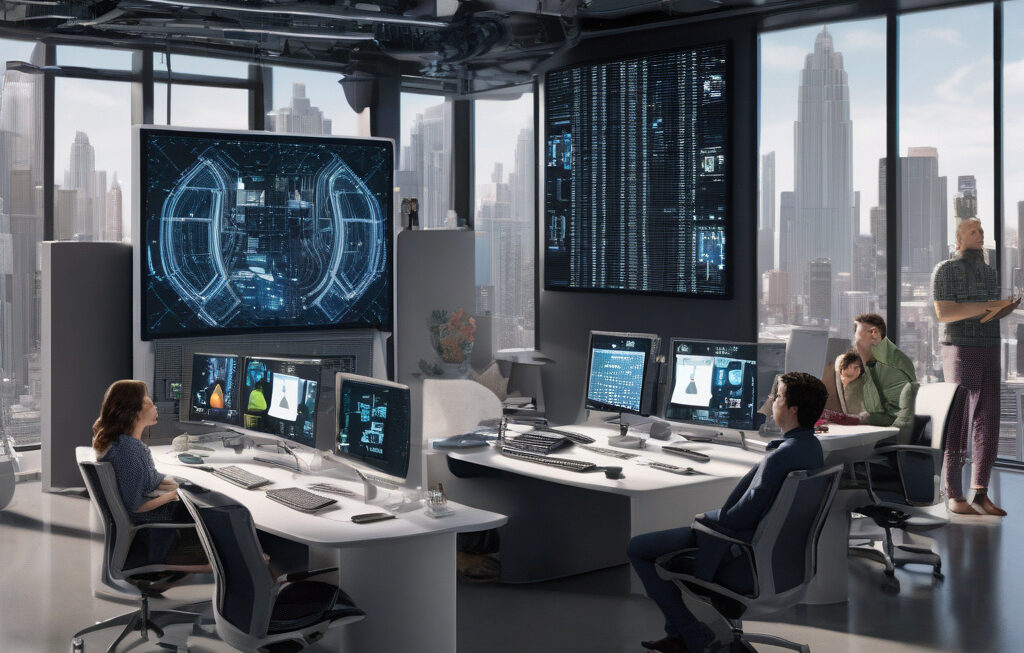AI Supercomputers: Unveiling the Billion-Dollar Giants of Tomorrow
The next generation of AI supercomputers is shaping up to be massive in size, cost, and power consumption. With estimations suggesting that these technological behemoths could cost a staggering $200 billion by the year 2030, it is evident that the race to develop the most advanced AI systems is not just a matter of technological prowess but also a significant financial investment.
These AI supercomputers are not just expensive to build; they also demand an extraordinary amount of power to function efficiently. In fact, the power requirements of these machines are so substantial that they are likened to the energy output of 9 nuclear plants. This raises important questions about the environmental impact of such technology and the sustainability of relying on AI supercomputers for our computational needs.
The high cost of AI supercomputers is primarily attributed to the cutting-edge hardware and software required to run complex algorithms at lightning speeds. These machines are equipped with advanced processors, massive amounts of memory, and specialized cooling systems to prevent overheating. Additionally, the development and maintenance of AI algorithms demand significant resources and expertise, further driving up the overall cost of these systems.
Despite the hefty price tag, the demand for AI supercomputers is expected to surge in the coming years. Industries ranging from healthcare and finance to transportation and entertainment are increasingly relying on AI technologies to streamline operations, make data-driven decisions, and gain a competitive edge in the market. As a result, companies and governments alike are willing to invest billions of dollars in AI supercomputers to harness the power of artificial intelligence.
One of the key drivers behind the growing demand for AI supercomputers is the potential for innovation and discovery. These machines have the capability to process vast amounts of data and identify patterns that human analysts might overlook. From drug discovery and disease diagnosis to climate modeling and autonomous driving, AI supercomputers have the potential to revolutionize industries and improve our quality of life.
However, the astronomical cost and energy consumption associated with AI supercomputers raise concerns about accessibility and sustainability. As the technology becomes more pervasive, it is essential to address these challenges to ensure that AI benefits society as a whole. This includes developing more energy-efficient computing solutions, optimizing algorithms to reduce computational load, and exploring alternative power sources to mitigate the environmental impact of AI supercomputers.
In conclusion, the rise of AI supercomputers signifies a new era of technological advancement and innovation. While the financial and environmental costs are significant, the potential benefits of leveraging AI technologies are immense. As we move towards a future where AI supercomputers play a central role in shaping our world, it is crucial to navigate these challenges thoughtfully and responsibly to unlock the full potential of artificial intelligence.
AI, Supercomputers, Technology, Innovation, Sustainability












